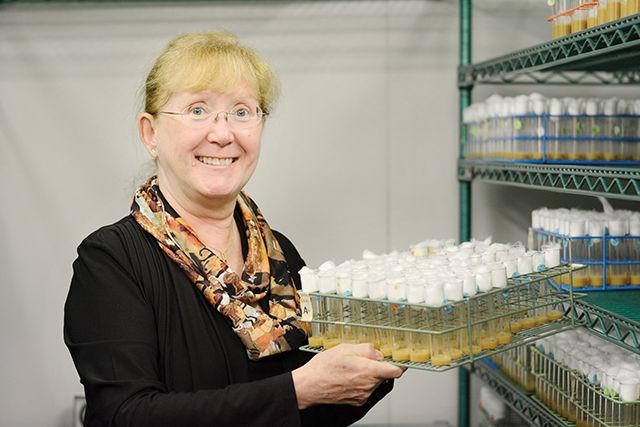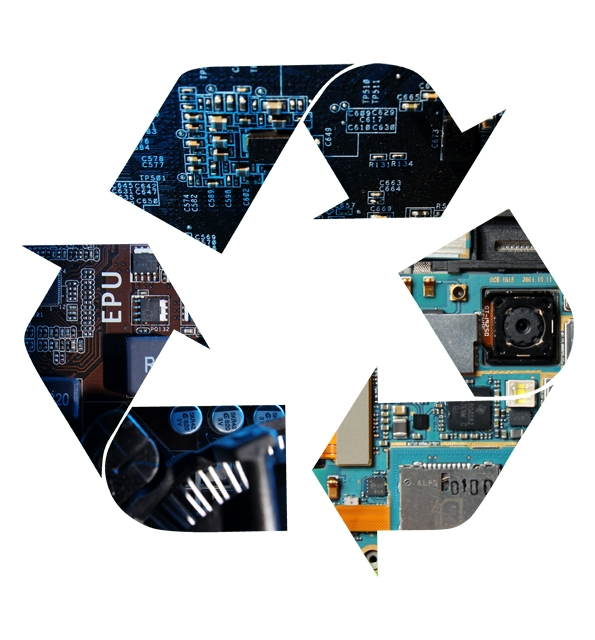A research project involving graduates and undergraduates from the College of Engineering have teamed up with students from the College of Textiles to create hyper-flexible wires, capable of stretching up to eight times their length.
Stretchable wires have been attempted in the past, usually involving an attempt to place separated electrical conductors inside a polymer, which is not as effective, as it lowers the efficiency of the wire. N.C. State’s new stretch wires are essentially made from two primary materials. A rubbery copolymer is passed through a specialized machine from the College of Textiles, creating a hollow, fiber-thin material. This polymer is very elastic, but cannot conduct electricity. The hollow space inside is filled with a special alloy made from gallium and indium, which is liquid at room temperature, non-toxic and just as conductive as copper.
Rubberizing wires is part of a larger movement to make handheld electronics more flexible and durable. This helps counteract one of the largest flaws of mobile phones or laptops: a single drop of the cell phone, and you might need to buy a new one. A phone made of mostly liquid metal wires and polymer frames would handle most drops without cracking.
The research was overseen by Michael Dickey, assistant professor in the Department of Chemical and Biomolecular Engineering. He worked with a team of undergraduate and graduate students to design the flexible wire.
The research was funded in part by the Research Triangle Materials Research Science and Engineering Center, a research group involving several North Carolina universities such as N.C. State and Duke, as well as by a National Science Foundation’s Career Award grant given to Dickey to promote his development as a professor. In this instance, the research done is waiting for a partner company to help generate profits in return to the investments made. The Research Triangle MRSEC is a Durham-Chapel Hill branch of the Materials Research Science and Engineering Center, which in turn, is also part of the National Science Foundation.
The research is a prime example of the way that colleges innovate. Robin Mays, an intern and co-author for the project, as well as a graduate student at NCSU, was surprised by her experience and “by the number of mistakes that have to happen.” While the materials and machinery are accessible, it took a number of attempts to perfect the final product. She enjoyed her time working and being able to really contribute what she had learned in college to real product creation.
According to Mays, the research was more innovation than creation. The conductive metal alloy and the polymer both existed before the research, but through the creativity of some graduate students, and the resources of Dickey and N.C. State, students were able to put these two components together in a new way and create something innovative.
Dickey has expressed some concern in terms of the wires — they are more difficult to reuse, and while the liquid metal alloy inside is non-toxic, if the wire were to be severed it would leak the alloy. The wire will not likely appear on the market immediately, but to promote the new stretchy wires, you can find a video on Youtube of these new wires being connected to headphones.




